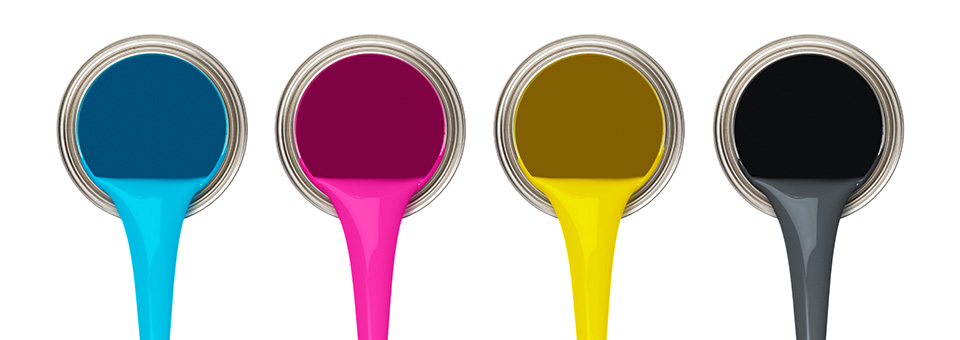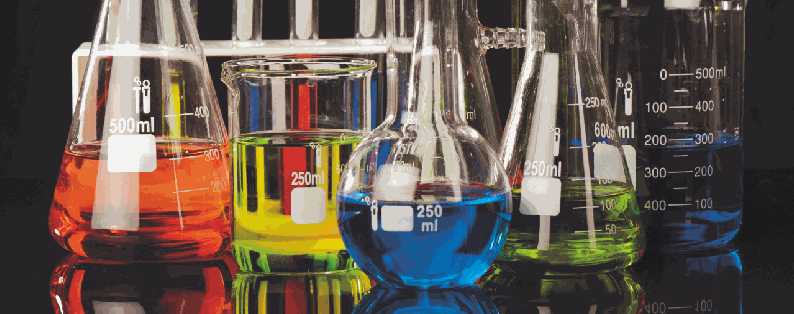There exist a lot of resins used in paints industries.
Synthetic polyester resin paint are synthetic polymers. Their name they have historically received because the polymers are initially synthesized in structure and properties are similar to natural resins such as shellac, rosin, and other substances, which are incorporated called "resin ", have an amorphous structure and composed of related molecules of unequal size and different structures ( homologues and isomers ). Resin paints are good insulators. For these there are typically no specific melting point ( gradual transition from solid to liquid ), non-volatility, solubility in organic solvents, insoluble in water, the ability to form a film upon solvent evaporation.
Saturated polyesters study began in 1901 to give "glyptal resin"consisting of glycerol and phthalic anhydride.
Industrial production of alkyd resins began in the 1920s. U.S.. Further development of the production of saturated polyester resins for paints and other purposes is strongly dependent on the study of new types of raw materials.
Synthetic resin paints are also sometimes referred to as alkyd resins containing no fatty acid radicals (oil-free alkyds), because they contain a majority of components used in conventional alkyd resins except FAME radicals.
NPC structure used in the manufacture of varnish and paints, may be branched or unbranched (linear ). The preferred structure of the resin in this case - amorphous ( to achieve better capacity to dissolve ).
Consider the main characteristics of saturated polyester resins used in the manufacture of paints.
Copolymers with a high molecular weight (10000-30000) usually have a linear structure. They are formed from terephthalic and isophthalic acids, aliphatic dicarboxylic acids and a variety of diols. Good solubility in common solvents is achieved by selecting a suitable formulation of paint.




